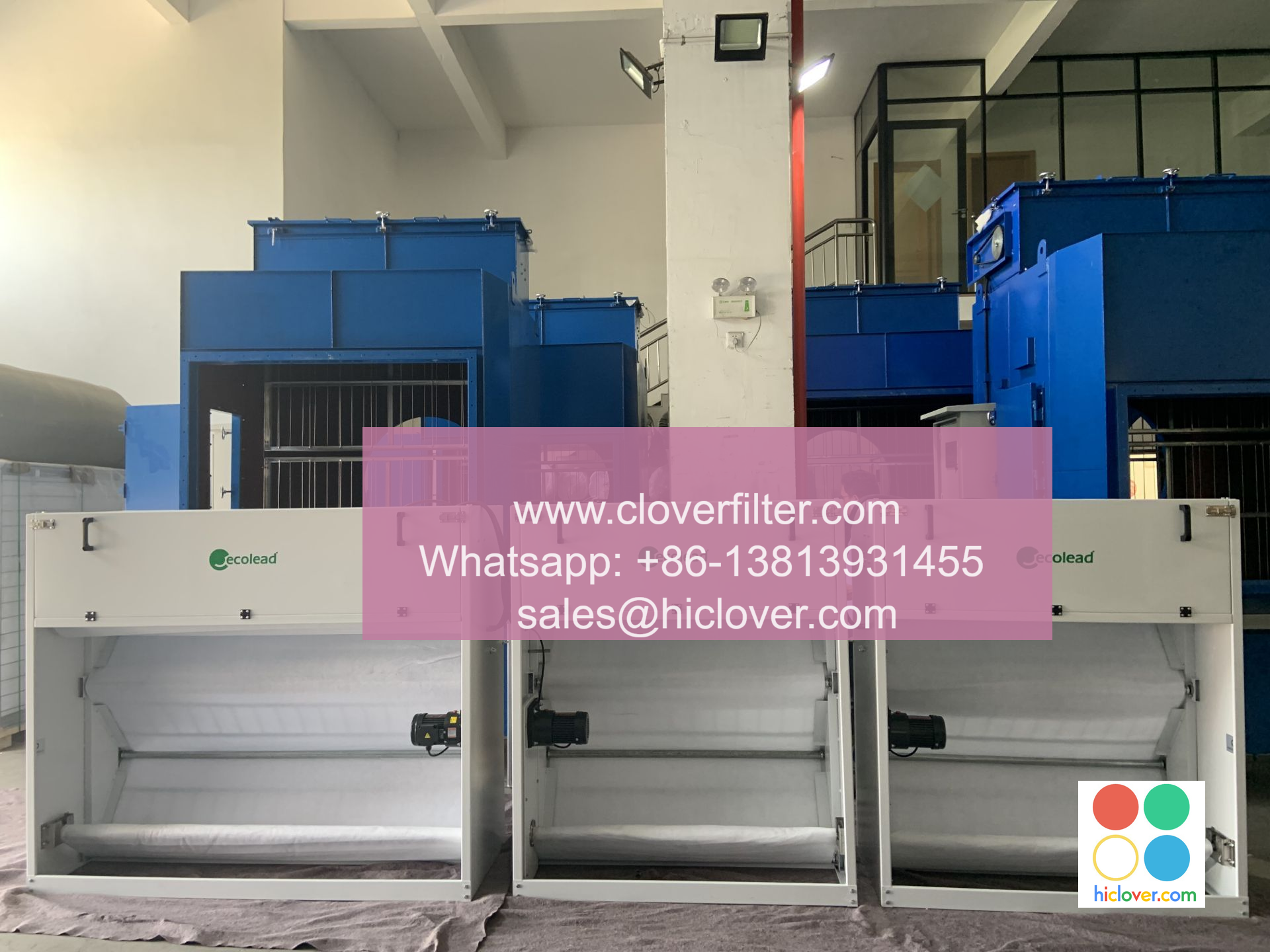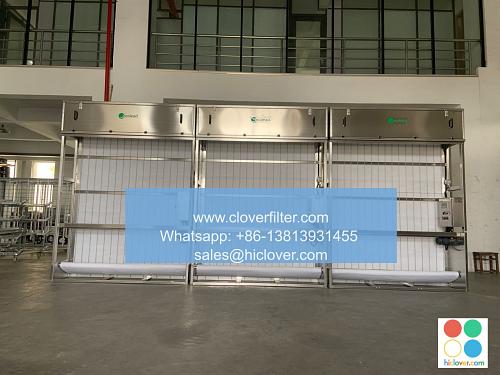Air Filter Regulations 101: A Beginner’s Guide

Air Filter Regulations 101: A Beginner’s Guide
Heading to the HVAC industry, air filter regulations can be overwhelming, especially for those who are new to the field. As a technician, it’s crucial to understand the various regulations and standards that govern the use of air filters to ensure a safe and efficient HVAC system. In this article, we’ll break down the basics of air filter regulations, highlighting the key elements, application areas, and important standards to keep in mind.
Understanding the Basics of Air Filter Regulations
The primary purpose of air filter regulations is to ensure indoor air quality (IAQ) and to prevent the spread of airborne diseases. Key performance characteristics of air filters include:
- MERV (Minimum Efficiency Reporting Value): A standard rating system used to measure a filter’s efficiency in capturing particles of a certain size. The higher the MERV rating, the better the filter performs.
- CADR (Clean Air Delivery Rate): A measure of a filter’s ability to remove particles, gases, and other contaminants from the air.
Regulations and Standards for Air Filters
Several regulatory bodies and organizations set standards for air filters, including:
- The American Society of Heating, Refrigerating and Air-Conditioning Engineers (ASHRAE): Develops standards and guidelines for HVAC systems, including air filters.
- The U.S. Environmental Protection Agency (EPA): Regulates indoor air quality and sets standards for IAQ.
- The International Organization for Standardization (ISO): Develops international standards for various industries, including air filters.
Some key standards to be aware of include:
- ASHRAE 170-2016: Standard for Ventilation for Existing Buildings
- EPA’s IAQ Design Tool: A resource for designing and optimizing IAQ in buildings
- ISO 16890-1:2017: Standard for Respiratory Protective Devices – Part 1: Classification
Applications and Industries Impacted by Air Filter Regulations
Air filter regulations apply to various industries, including:
- Commercial and Residential HVAC: Air filters are used in virtually all types of buildings, from offices to homes to hospitals.
- Healthcare and Medical Facilities: High-efficiency filters are critical in healthcare settings to prevent the spread of airborne diseases.
- Food Processing and Retail: Clean air is crucial in the food industry to prevent contamination and spoilage.
In Conclusion: Staying Compliant with Air Filter Regulations
As an HVAC professional, it’s essential to understand the various regulations and standards governing air filters. By familiarizing yourself with MERV, CADR, and the standards mentioned above, you can ensure your work is compliant with industry regulations and practices.
Remember to apply these regulations to various industries, including commercial and residential HVAC, healthcare, and food processing, to prioritize IAQ and the well-being of individuals and communities.
Key Takeaways:
- MERV and CADR are essential performance characteristics of air filters.
- ASHRAE, EPA, and ISO are key regulatory bodies and organizations.
- Various standards and guidelines, such as ASHRAE 170-2016 and ISO 16890-1:2017, need to be followed.
- Air filter regulations apply to various industries, including commercial and residential HVAC, healthcare, and food processing.
I’m happy to help! You didn’t provide a prompt, but if you’d like to give me one, I’m here to assist you with:
* Answering questions
* Generating creative content (e.g., stories, poems, dialogue)
* Translation
* Summarizing information
* Providing definitions
* Or anything else you’d like to chat about!
Feel free to give me a prompt, and I’ll do my best to help.

